Global warming
Extreme weather, species becoming extinct and islands disappearing - climate change is serious for both humans and the nature around us. What exactly is global warming, and why is this happening now?

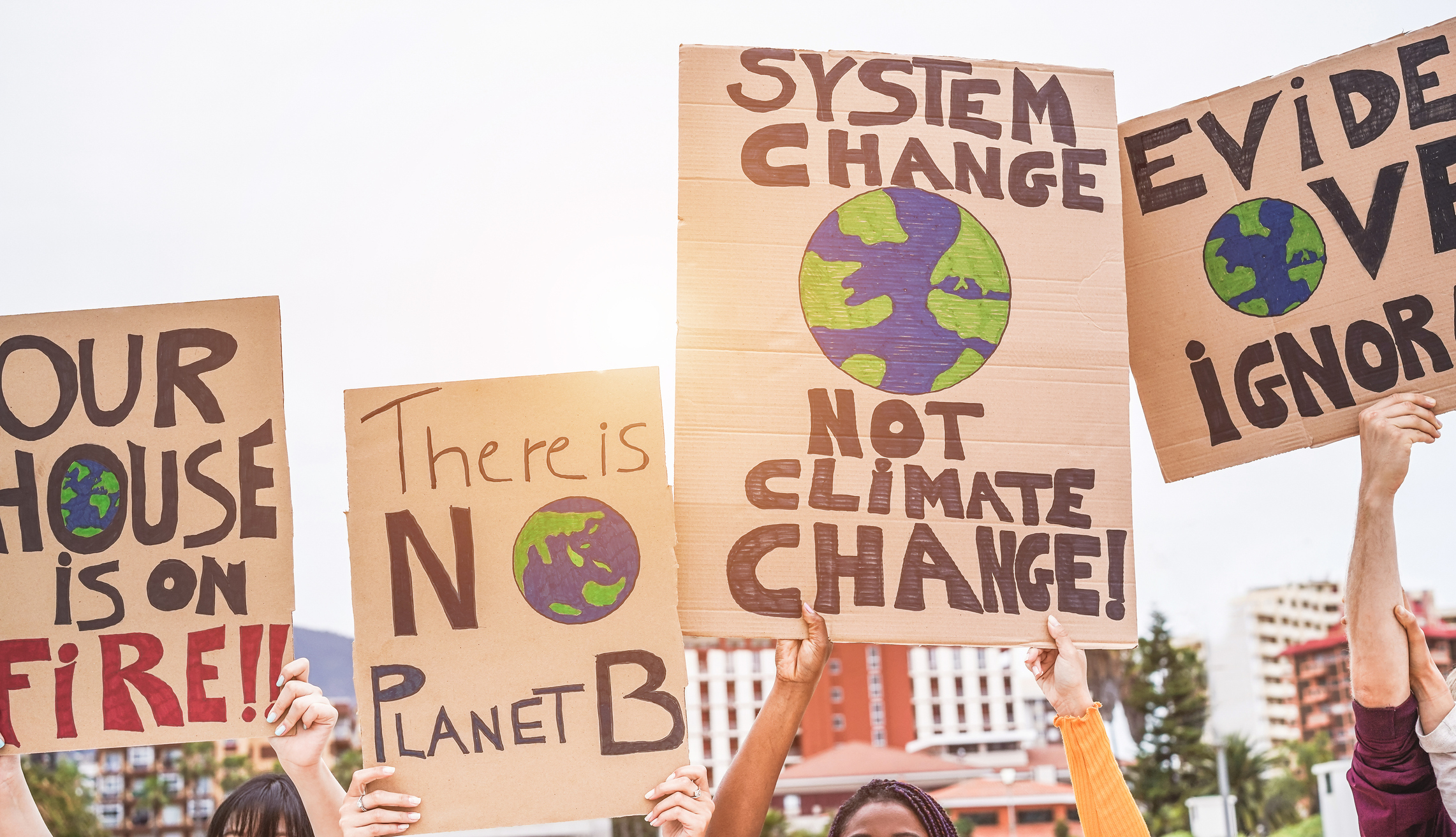
What is global warming?
Global warming means that the air around us is becoming warmer. This affects everyone on the planet. Our planet has changed a lot throughout history, but now it is changing very quickly. Since 1880 the atmosphere has become about 0.8°C warmer. Before the end of the 2000s, the temperature could have gone up by 2-4 °C.
⬅ Many of the world’s largest rivers are about to dry up due to climate change, such as in Australia.
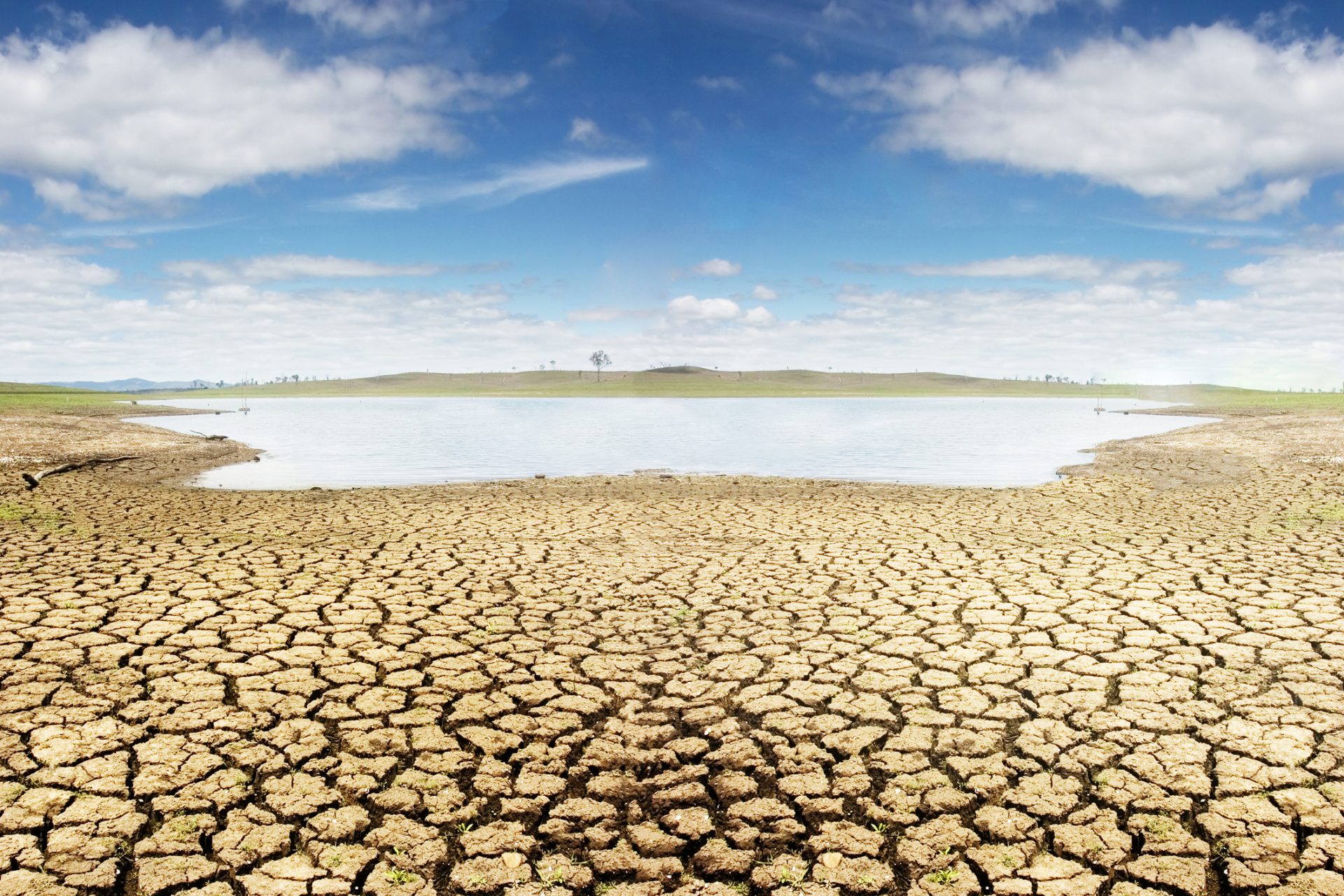
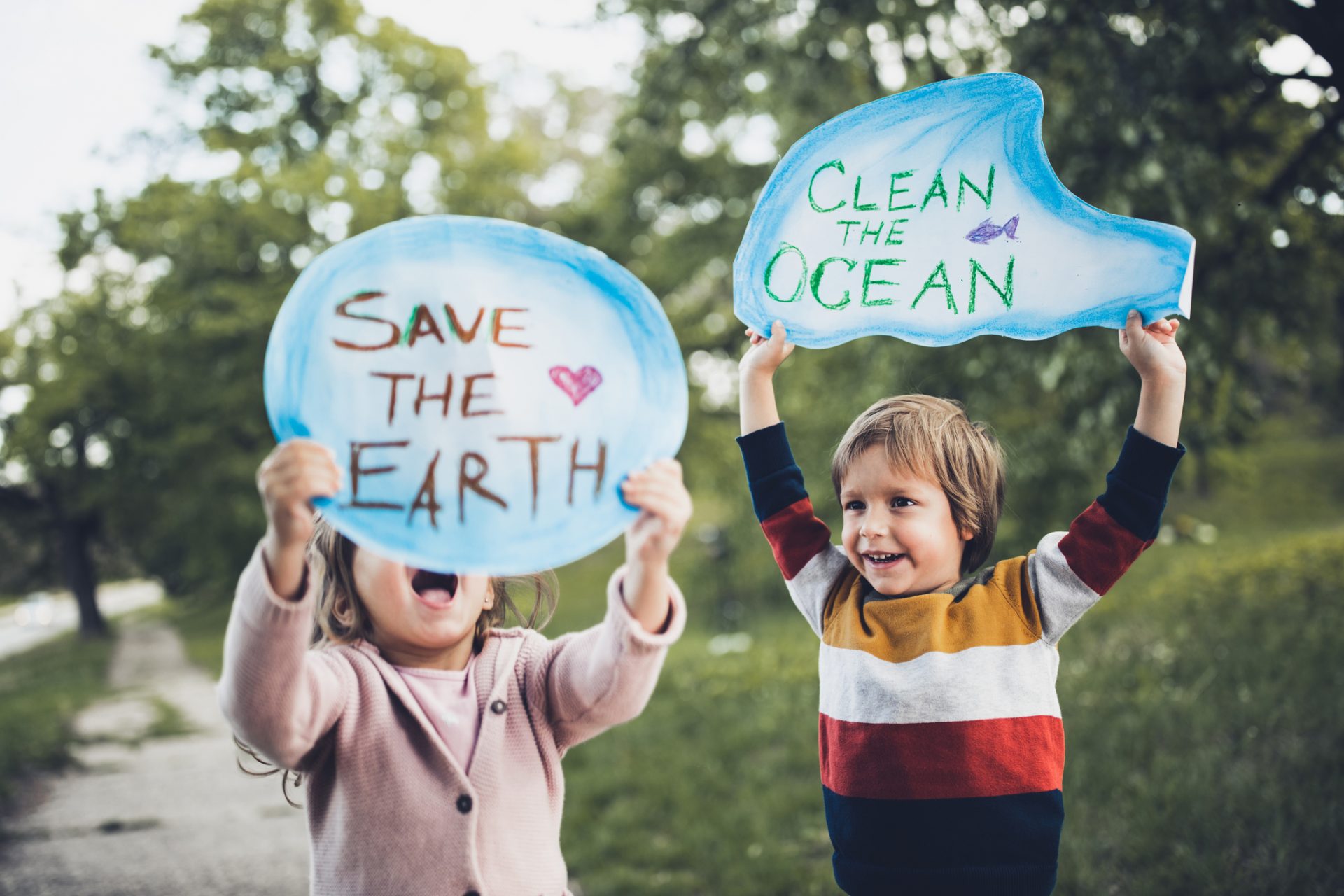
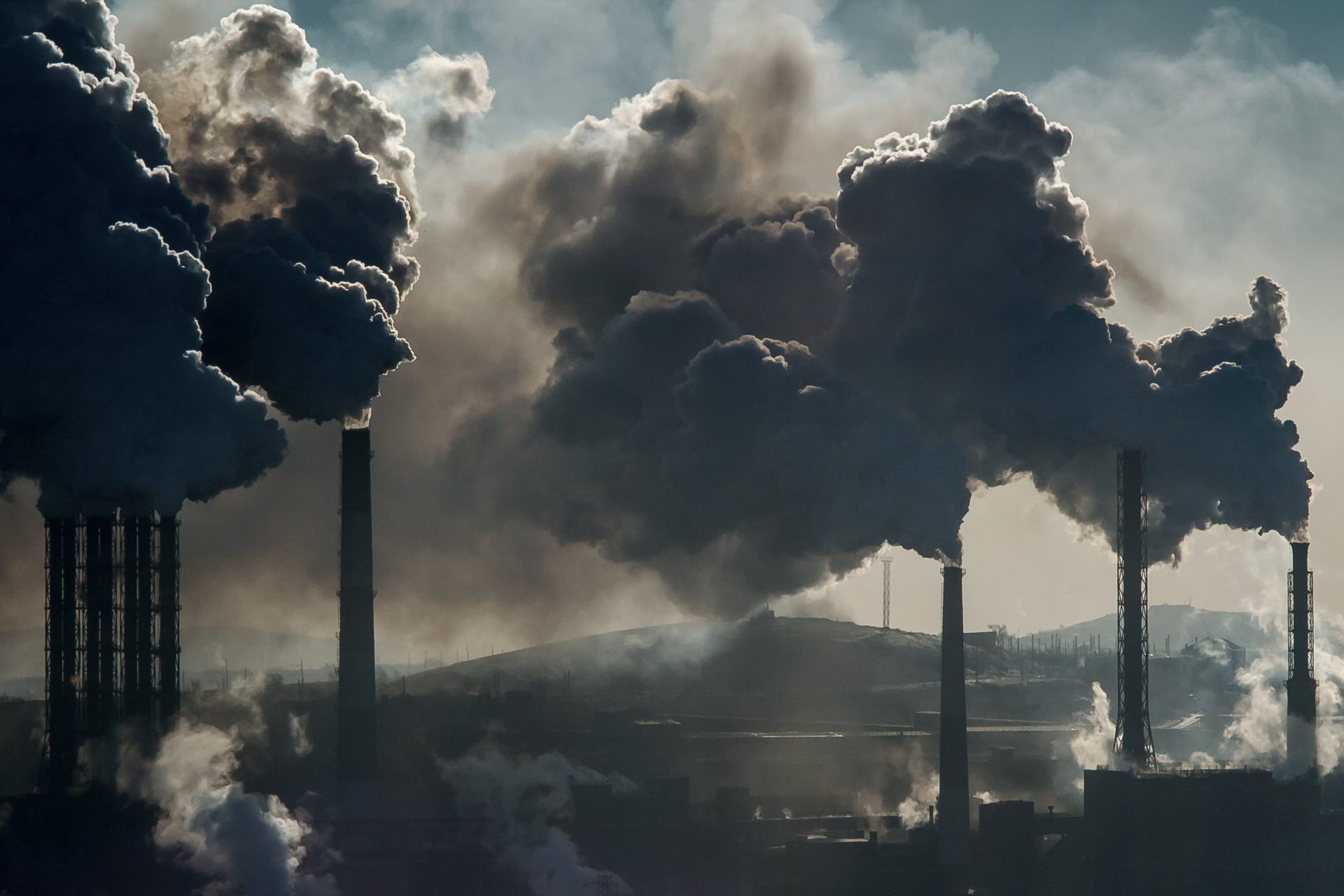
The greenhouse effect
The greenhouse gases control the earth’s surface temperature of 15°C. The gases work like a blanket around the earth. If you take the blanket away, the earth will freeze. With too much gas, it will become too hot.
The layers of greenhouse gases are like the glass in a greenhouse: the sun heats the air inside the glass, and the plants can grow. At night, some of the heat is let out into the outside air again, and the greenhouse cools down.
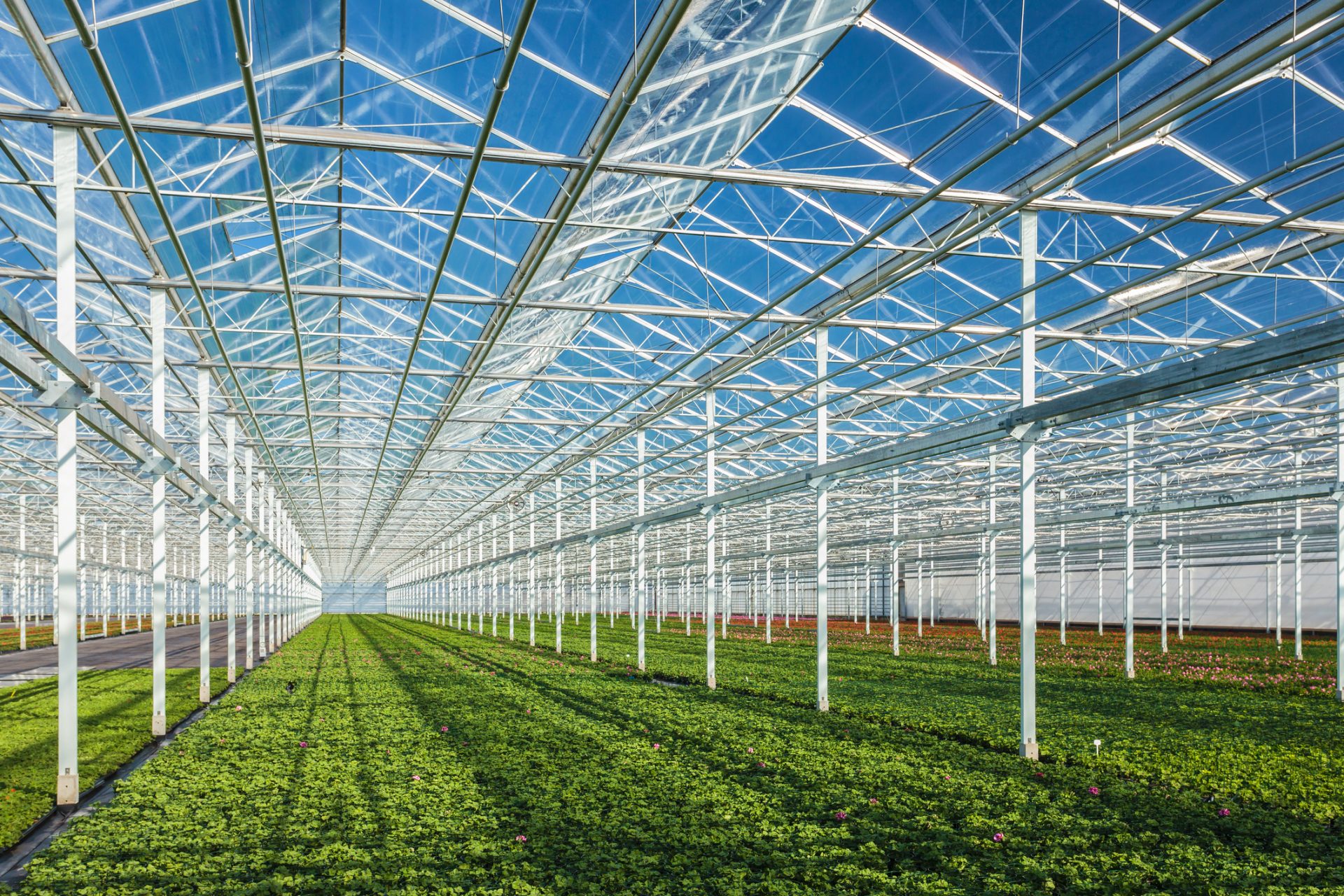
What is methane?
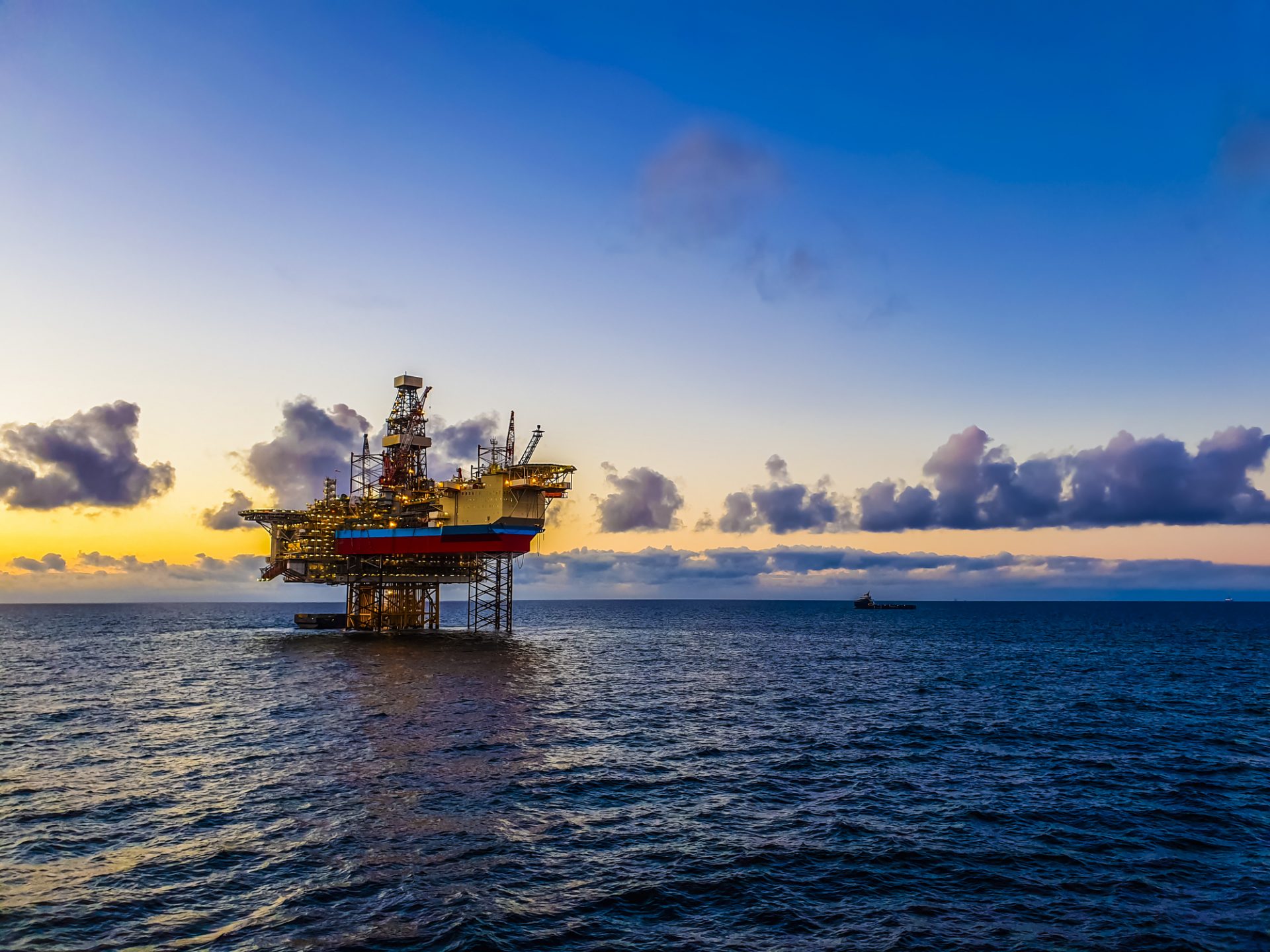
Did you know that…
….nuclear power does not emit a lot of greenhouse gases, but uranium can be very dangerous? An example of this is an earthquake in Japan in 2011. Life-threatening substances were spread over a large area, and the environmental damage was huge.
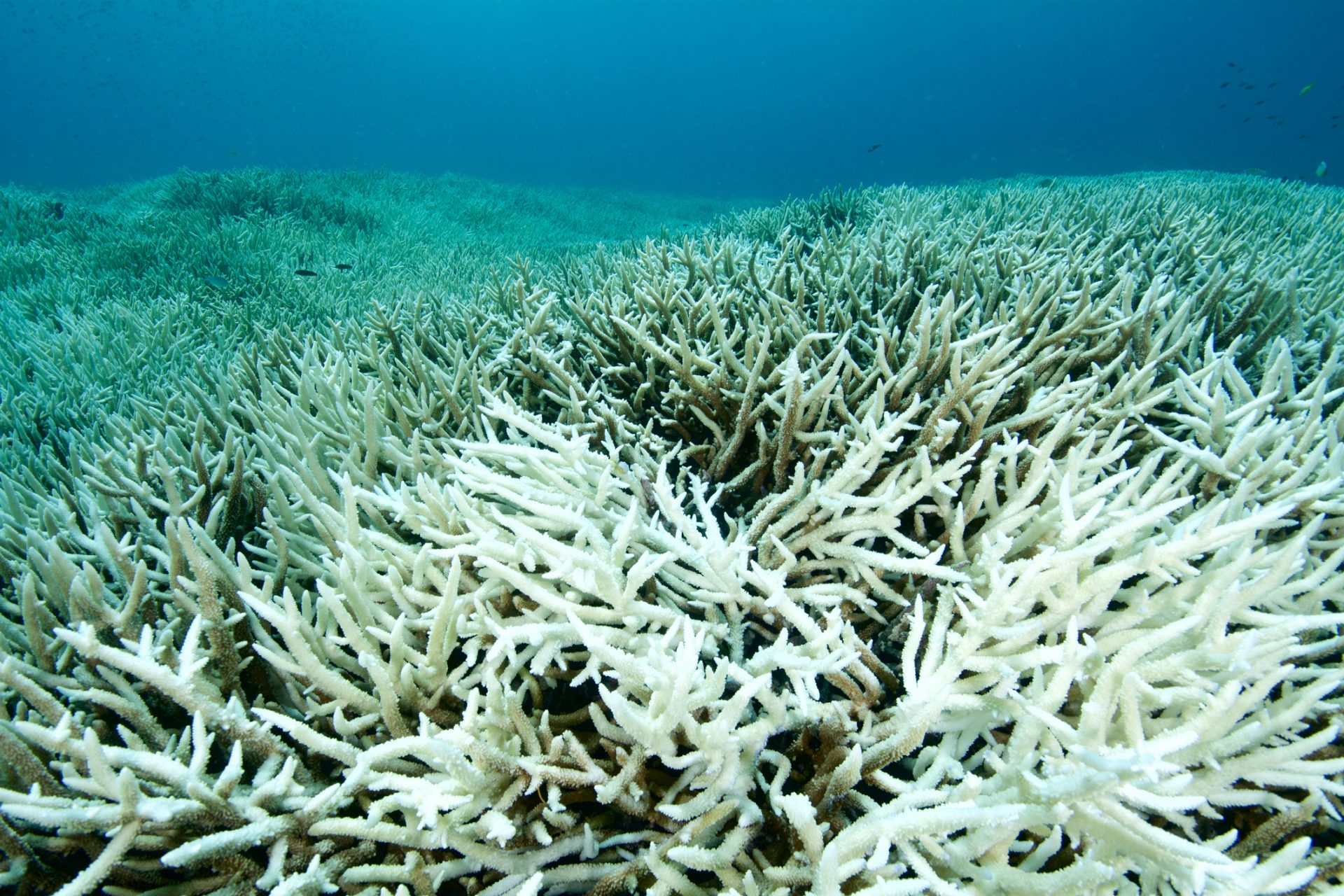
What is Ocean Acidification?
Sea animals in danger
The sea has only warmed up by 1°C, but this is enough to cause the death of many sea creatures. It takes longer for those who live in the sea to adjust than those who live on land. We see starving polar bears that have to swim long distances between spread ice blocks to hunt for seals. But warmer oceans make it better for plankton. Many species can die out because of the changes.
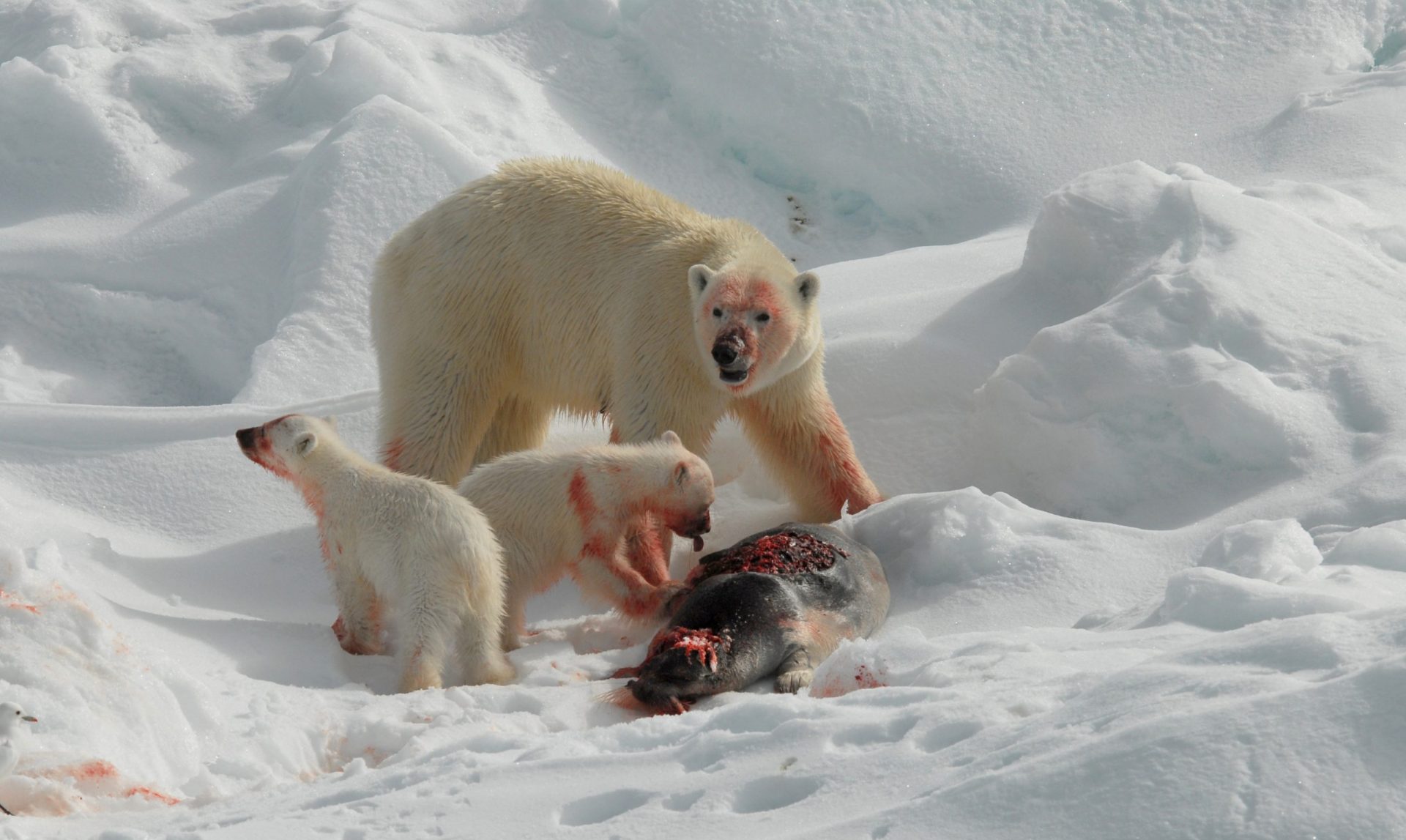
Did you know that…
…the melting of the ice that floats around will not cause a rise of sea levels? The sea level only rises when the ice in glaciers melts.
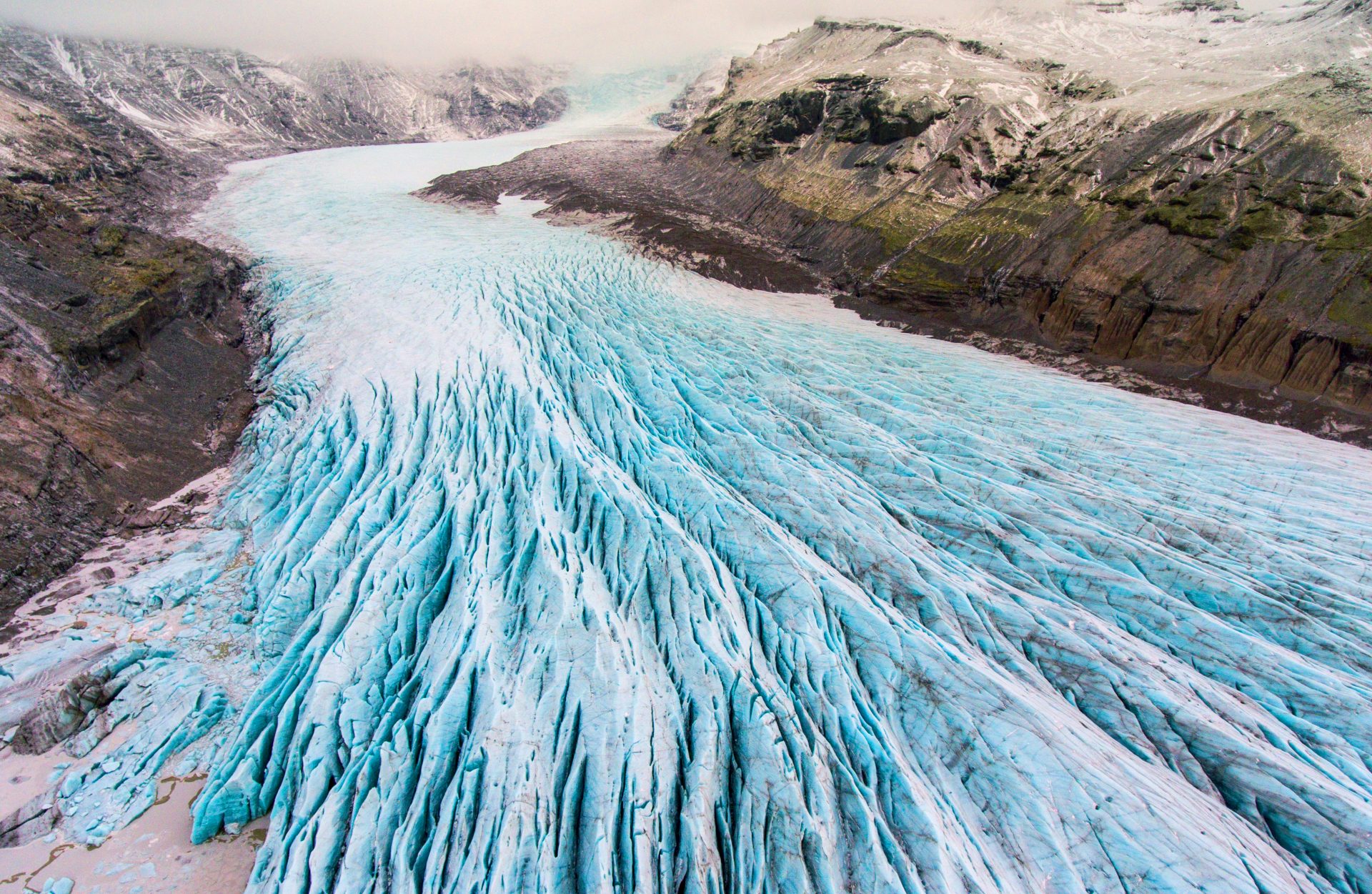
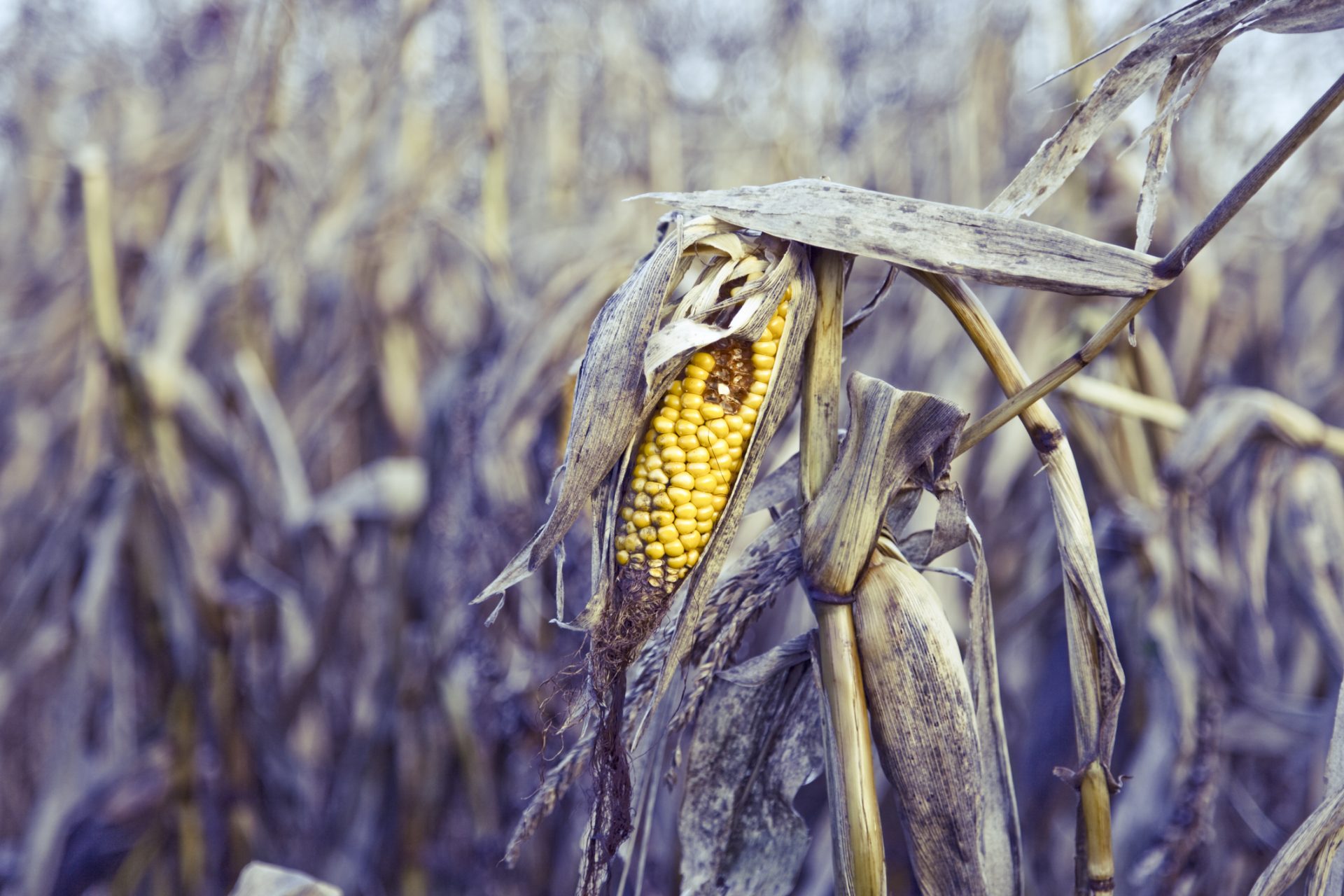
Land animals in danger
Animals that like being in the cold are the first ones to suffer from climate change. To get away from the heat, many animals will just move to new locations. In the new locations, they can be threatened by a lack of food, diseases, or other animals. Researchers think that only 4 percent of the world’s animals and plants will benefit from climate change. Many species will die out. One example that already has happened is the Bramble Cay rat in Australia that died out in 2009.
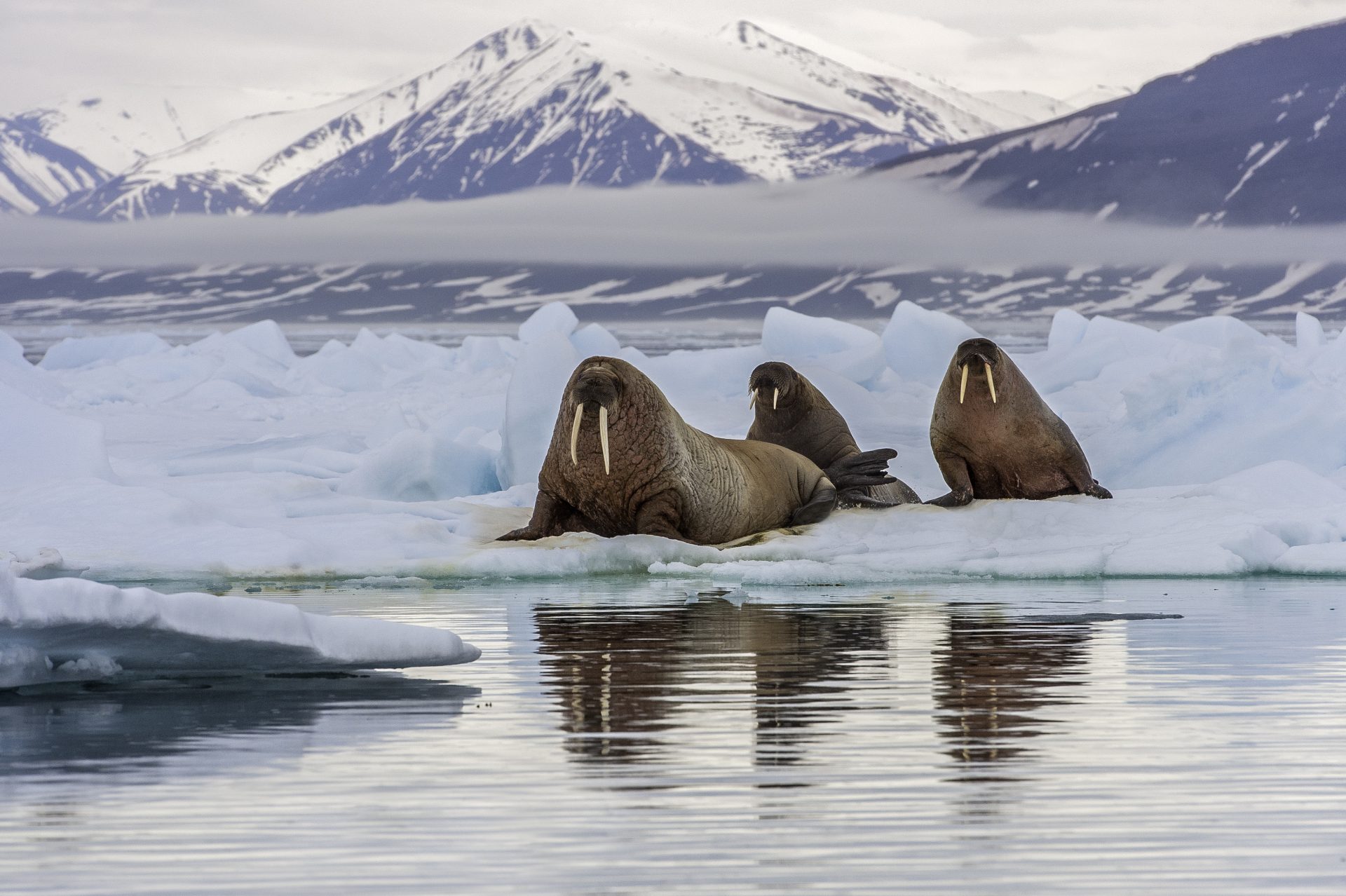
What will happen to us?
Humans need air, water, food, shelter, and sleep to survive. It is precisely these human needs that climate change threatens to destroy.
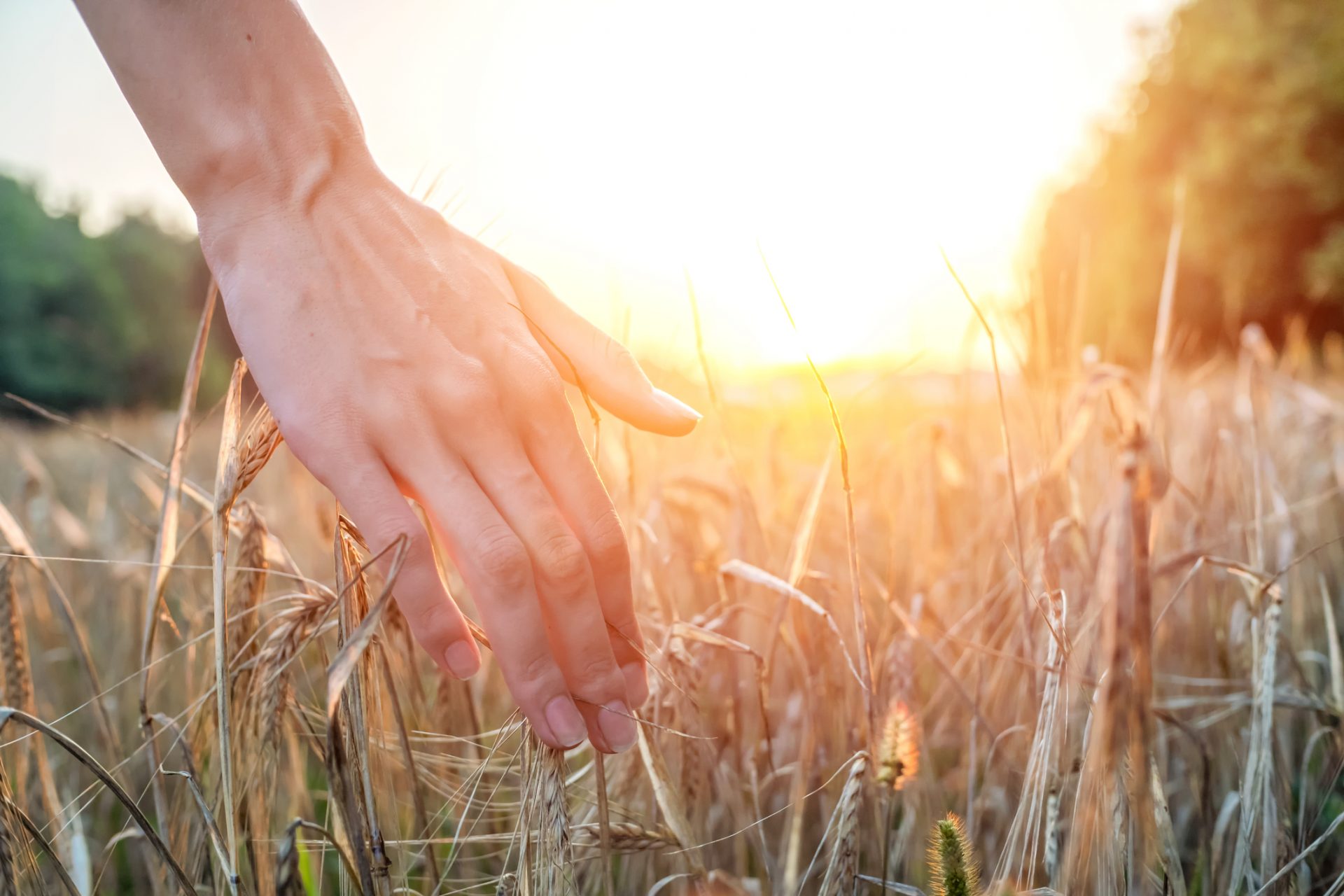
Water shortage
La Paz in Bolivia is likely to be deserted in the future because there is no fresh water. Fresh water will become the world’s most valuable resource. This is likely to lead to conflicts and deaths.
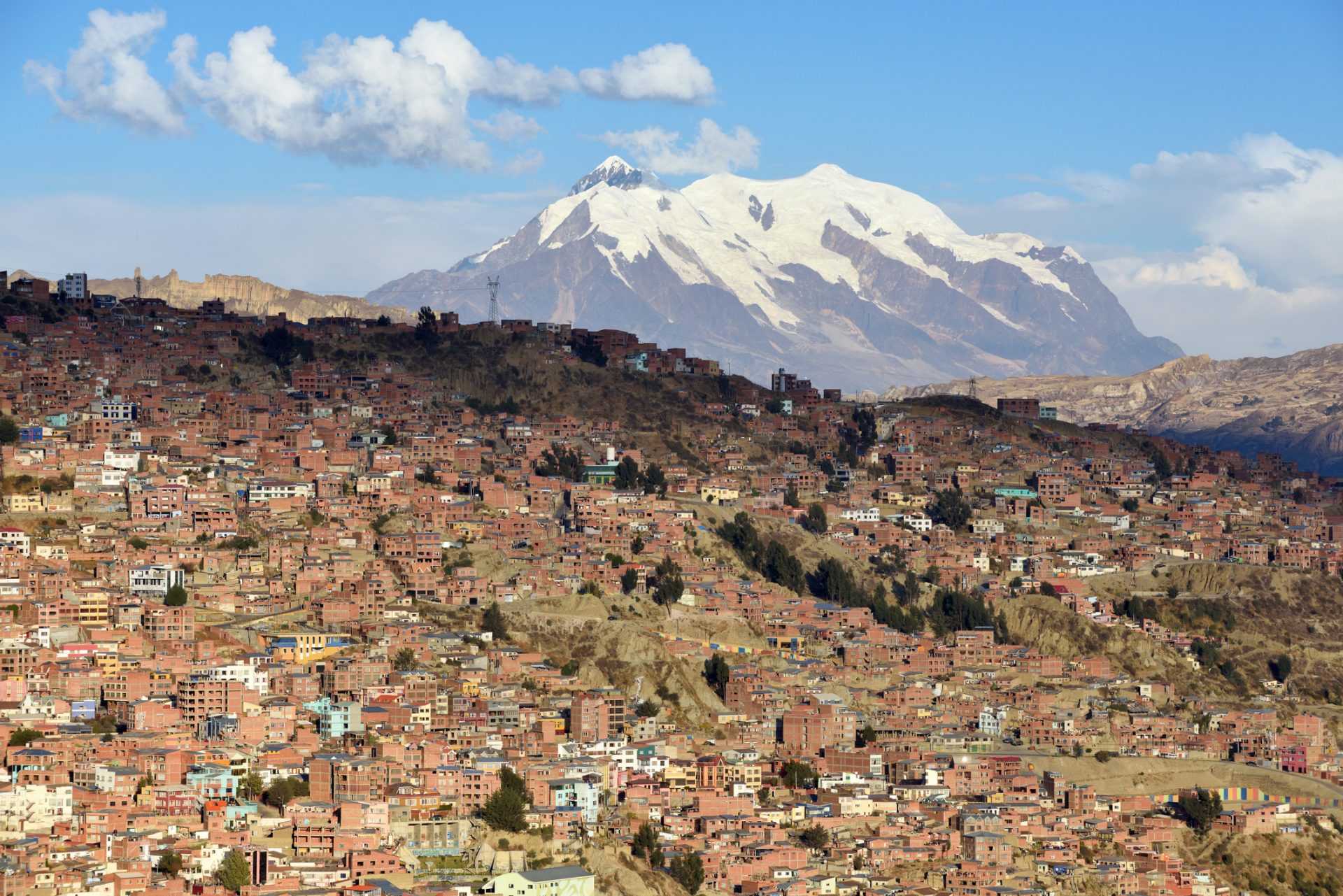
Economic loss
Extreme weather can cause expensive damage. Trade, industry, and food production can be destroyed and people will lose their livelihood. This can cause people to move to other areas, resulting in overpopulation.
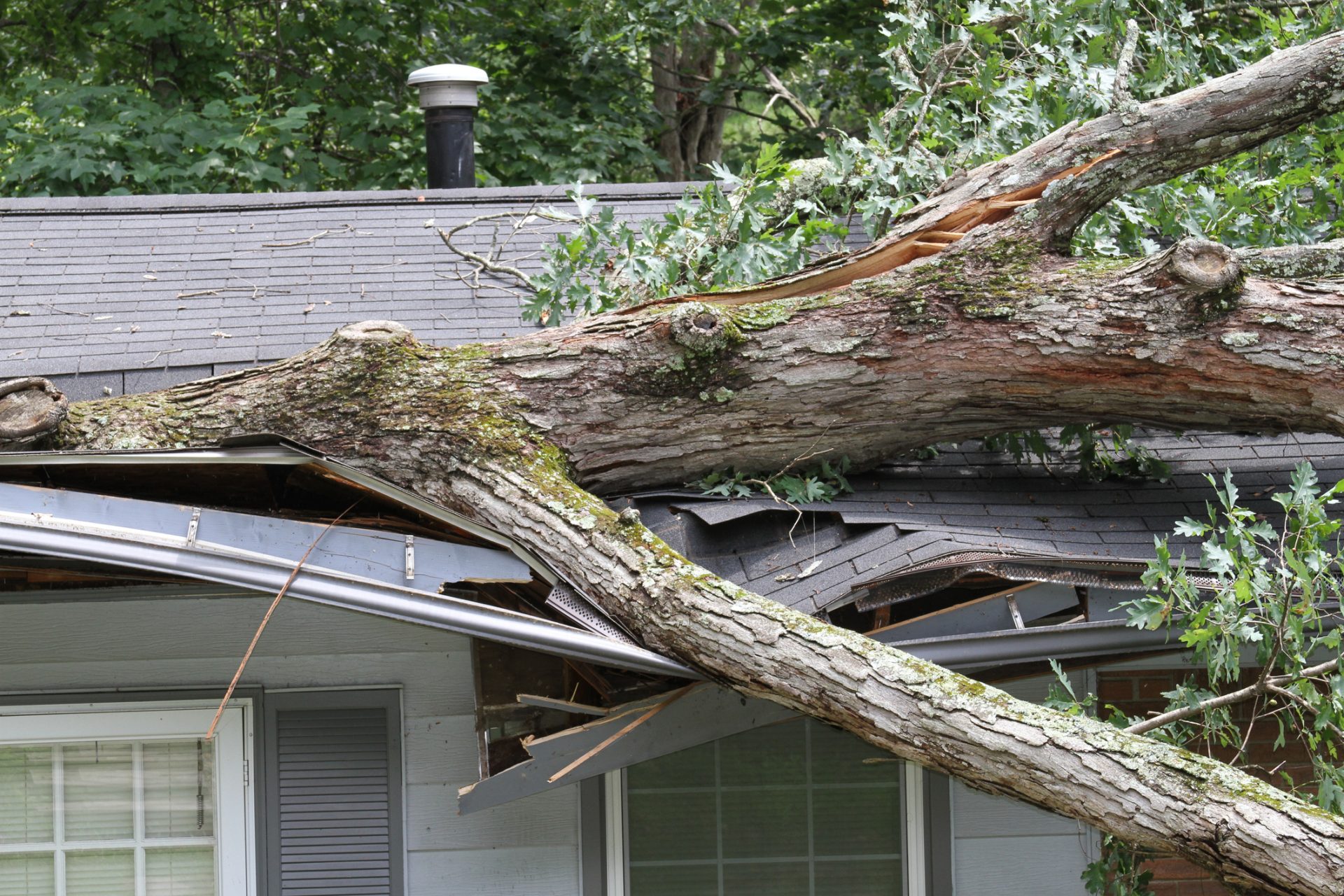
Dying crops
Climate change can have extreme consequences. There can be too much water, too little water, or temperatures that are too high or too low. This is bad for the harvest. A lot of CO2 in the air means that for example wheat is not as healthy as it should be.
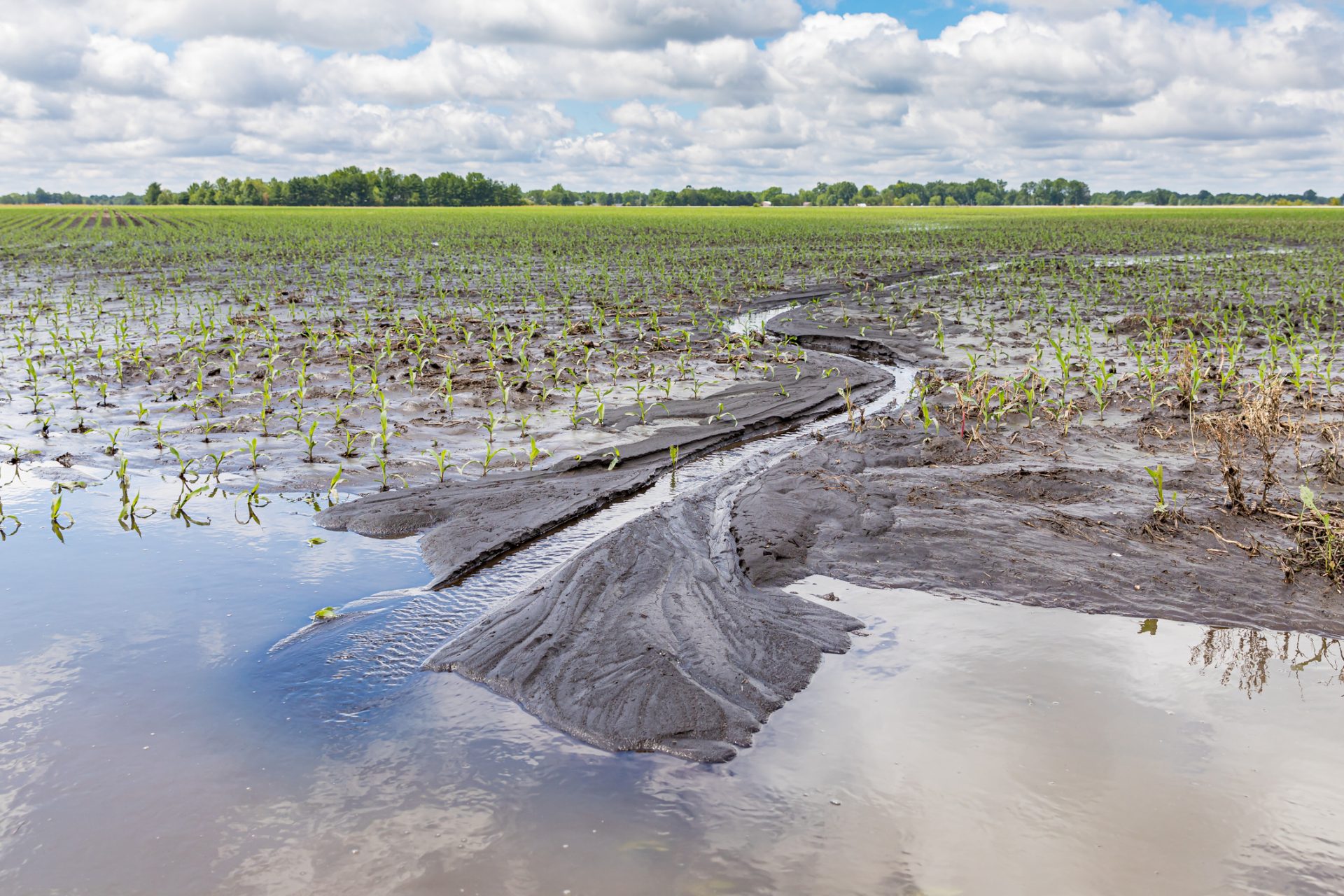
What is being done?
All over the world, people are working to find solutions to the problems of climate change. People need to think in new ways. They often meet resistance since fighting global warming means research, better technology, and new laws. But the most important thing of all is the will to make a real change.
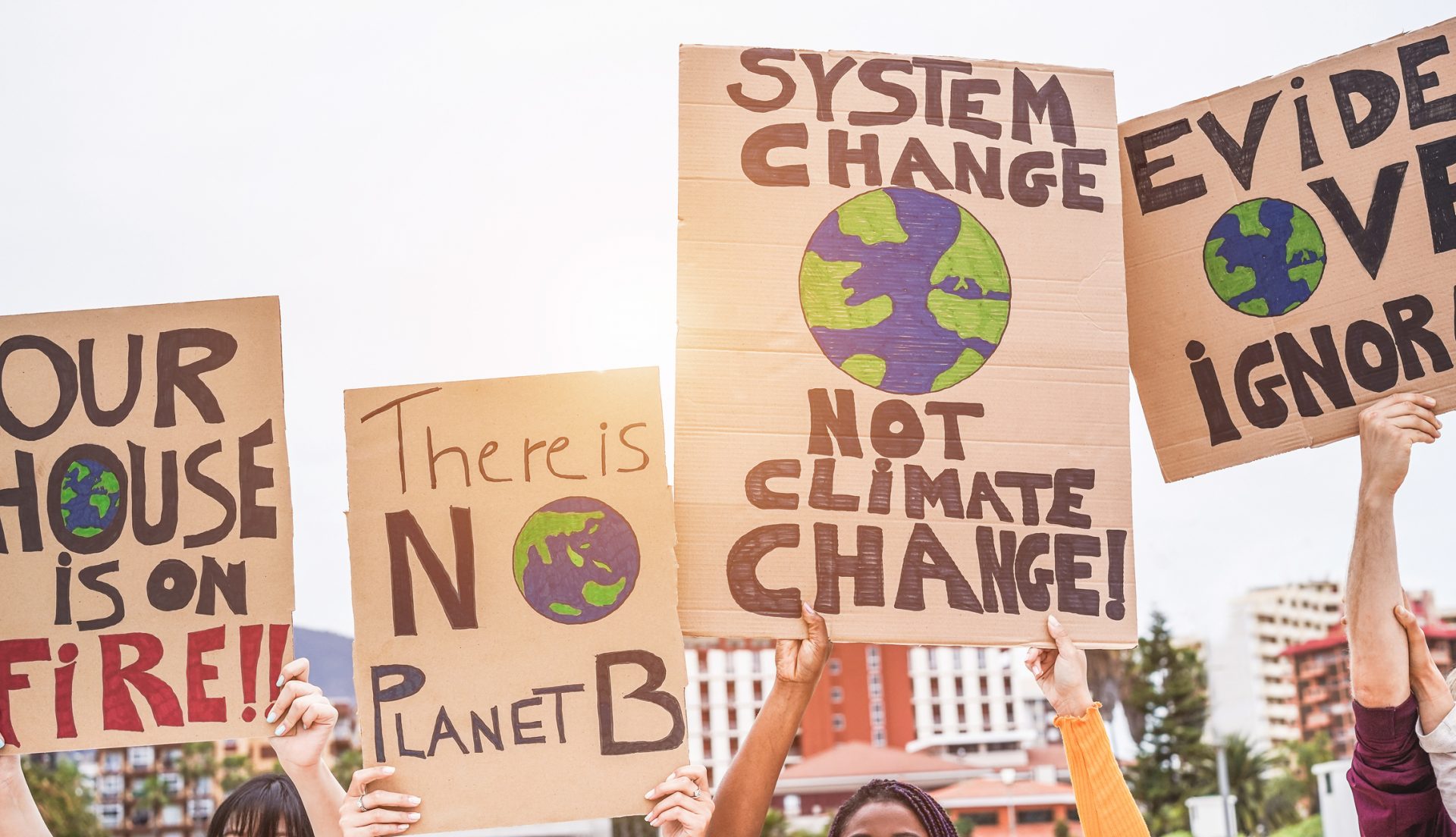
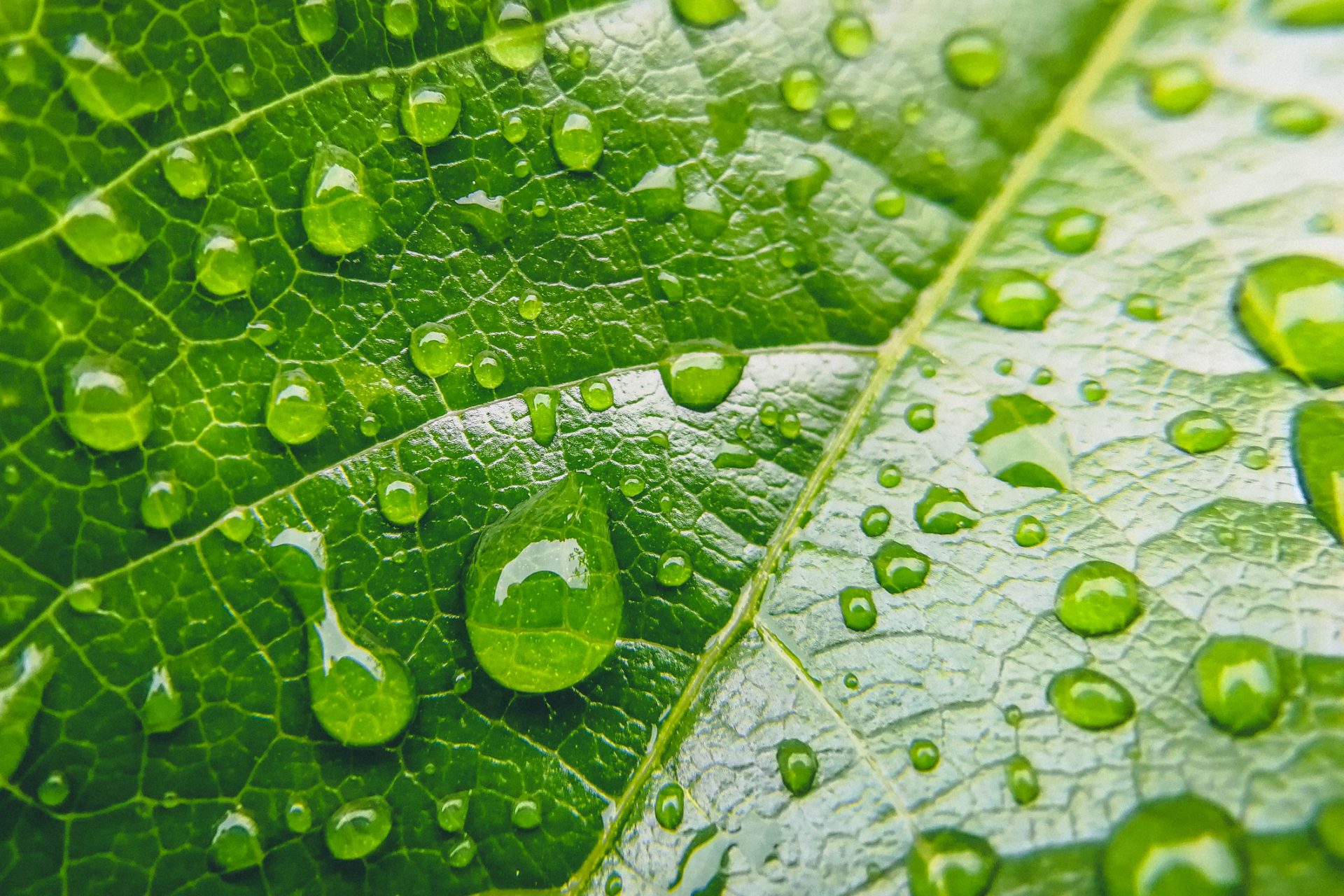
Sources:
- Vår fantastiske planet (2017)
Orage Forlag AS
- Hofstad, Knut; Rosvold, Knut A.: Fukushima – kjernekraftulykke i Store norske leksikon på snl.no. Hentet 27. april 2022 fra https://snl.no/Fukushima_-_kjernekraftulykke
- NRK (10.06.2020)
nrk.no/skole
Media rights:
-
-
Getty Images
-
Getty Images
-
Getty Images
-
Getty Images
-
Getty Images
-
Wageningen Livestock Research – YouTube
-
Getty Images
-
Getty Images
-
Getty Images
-
Action for the Climate Emergency – YouTube
-
Getty Images
-
Getty Images
-
Getty Images
-
Getty Images
-
Getty Images
-
Getty Images
-
Getty Images
-
Getty Images
-
Getty Images
-
Getty Images
-

